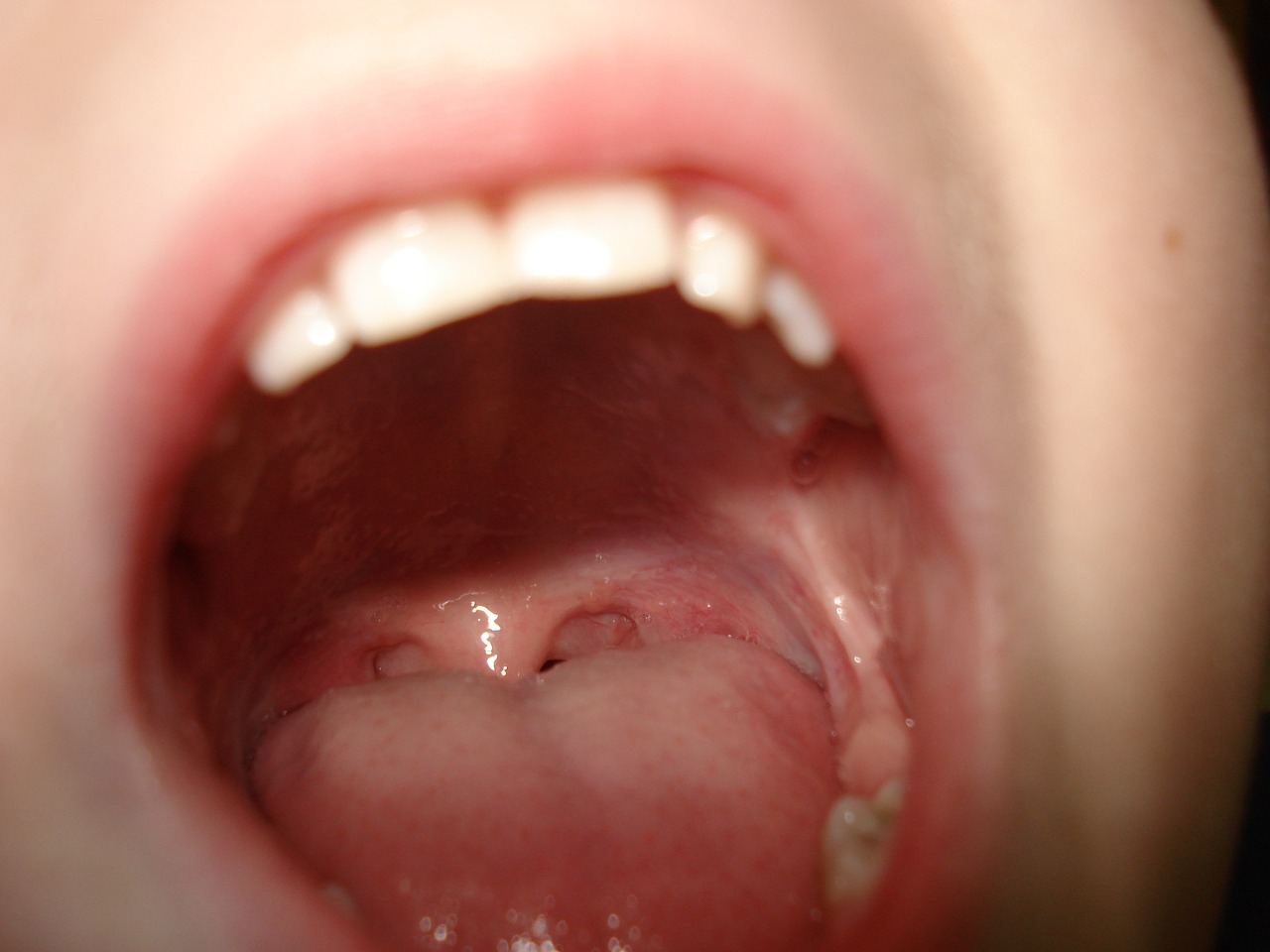
Menu






Looking to improve your oral hygiene routine? Oil pulling might just be the solution you’ve been looking for.
We will explore what oil pulling is, how to perform it, what type of oil to use, and the benefits it can offer.
From reducing bad breath to improving gum health and relieving jaw pain, oil pulling has a range of advantages. We’ll also discuss any potential risks, whether it can aid in weight loss, and how to incorporate it into your daily routine.
Discover the power of oil pulling for a healthier smile!
Oil pulling is an ancient Ayurvedic practice aimed at improving oral health by swishing oil, usually coconut or sesame oil, in the mouth to remove bacteria and promote overall physical health.
This practice can be traced back to ancient Indian texts like the Charaka Samhita and the Sushruta Samhita, where it is described as ‘kavala’ or ‘gandusha’. These texts emphasize the benefits of oil pulling not just for oral health but also as a method for detoxifying the body. Oil pulling is believed to not only combat bad breath and gum disease but also aid in digestion and improve skin health.
To perform oil pulling, you need to use specific oils like coconut or sesame oil and swish it around your mouth, focusing on all areas including teeth and gums, for a specified period of time.
Choosing the right type of oil is crucial for effective oil pulling; coconut oil and sesame oil are commonly recommended due to their beneficial properties for oral care.
Coconut oil is rich in lauric acid, which boasts potent antibacterial and antimicrobial effects, making it a powerful ally in combating harmful bacteria in the mouth.
On the other hand, sesame oil contains sesamin and sesamol, compounds known for their ability to reduce inflammation and plaque buildup.
Both oils not only help eliminate toxins but also work towards promoting healthy gums and fresher breath, providing a natural alternative to chemical-laden oral care products.
For oil pulling, it is generally recommended to use about one tablespoon of oil to effectively cover all areas of the mouth.
The quantity of oil used in oil pulling is crucial as it determines the effectiveness of the practice. Using the right amount ensures that the oil can reach all areas of the mouth, including in between teeth and along the gums, to capture and remove bacteria and toxins.
Proper coverage ensures that the oil can bind to the impurities and be swished thoroughly for the desired results.
Depending on personal preference and the specific needs of an individual, some may opt for slightly more or less oil during oil pulling. The key is to maintain a balance to ensure thorough cleansing without overwhelming the mouth with excess oil.
The duration for swishing oil in oil pulling should typically be around 15-20 minutes to maximize its effectiveness, similar to the duration of using a mouthwash.
Research suggests that the 15-20 minute mark is crucial for the oil to fully interact with the oral microbiome, allowing it to pull out toxins and bacteria effectively.
Comparatively, traditional mouthwashes, usually containing alcohol, might work faster but can also strip the mouth of beneficial bacteria, leading to long-term imbalances.
The benefits of oil pulling are numerous, ranging from improved oral health and dental hygiene to the reduction of harmful bacteria and plaque, supported by various research studies.
Oil pulling is known to significantly reduce bad breath by eliminating harmful bacteria and promoting better oral care.
When you swish oil in your mouth, it works as a natural cleanser, pulling out toxins and bacteria that cause bad breath. These bacteria are primarily responsible for producing foul odors in the mouth. Studies have shown that the antimicrobial properties of certain oils used in oil pulling, such as coconut oil, can inhibit the growth of bacteria like Streptococcus mutans and Lactobacillus, which are linked to bad breath. This process creates a healthier oral environment, leading to fresher breath and improved overall oral hygiene.
Oil pulling is effective in removing harmful bacteria such as S. mutans from the oral microbiome, thanks to its antimicrobial properties.
Oil pulling can target other types of harmful bacteria commonly found in the mouth, including Streptococcus salivarius and Porphyromonas gingivalis. These bacteria are known to contribute to plaque formation, gingivitis, and bad breath. The antimicrobial properties of oil pulling help to disrupt the cell membranes of these bacteria, leading to their elimination from the oral cavity. By swishing the oil around the mouth, it not only helps in mechanical cleansing but also creates an environment hostile to the growth of these harmful microorganisms.
Many practitioners of oil pulling report that the practice helps whiten teeth naturally by removing stains and improving overall oral care.
Oil pulling is believed to work by pulling bacteria and debris from the mouth, including those responsible for staining teeth. As the oil is swished around the mouth, it adheres to harmful bacteria and binds with them, resulting in a cleaner oral environment. This process not only improves oral hygiene but also helps prevent plaque buildup, which can contribute to a yellowed appearance of the teeth.
Oil pulling can significantly improve gum health by reducing inflammation and treating conditions like gingivitis.
By swishing around a tablespoon of coconut oil in your mouth for about 15-20 minutes each day, you can effectively pull out bacteria, toxins, and other harmful substances from your gums and teeth. This ancient Ayurvedic practice not only promotes oral hygiene but also helps to freshen your breath and prevent plaque buildup, which can lead to various dental issues.
The antimicrobial properties of the oil attack harmful bacteria, promoting a healthier oral microbiome and preventing infections. The gentle yet powerful action of oil pulling can soothe gum irritation, leading to stronger and healthier gums over time.
Oil pulling may also help alleviate jaw pain by exercising the muscles and reducing tension through the swishing action.
When you oil pull, the movement of swishing oil around your mouth can help to strengthen the jaw muscles, promoting better blood circulation and relaxing tightness that may be contributing to your jaw pain. This gentle exercise can provide relief for those dealing with temporomandibular joint (TMJ) disorders or general jaw discomfort. Some individuals who regularly practice oil pulling have reported a noticeable reduction in jaw pain over time, attributing it to the therapeutic benefits of this traditional oral health practice.
While oil pulling is generally considered safe, there are some potential risks and side effects, such as irritation or allergic reactions, which should be taken into account.
It is important to note that individuals with sensitive gums may experience increased sensitivity or mild discomfort during oil pulling. There have been rare cases of lipoid pneumonia reported, which occurs when oil is accidentally inhaled into the lungs. To minimize these risks, individuals should ensure they don’t swallow the oil during the process and spit it out thoroughly. If any persistent discomfort, irritation, or adverse reactions occur, it is advisable to discontinue oil pulling and consult a healthcare professional for further evaluation.
While oil pulling is primarily associated with oral health, some proponents suggest it may support weight loss by improving overall physical health and metabolism.
Research on the direct correlation between oil pulling and weight loss is limited, but there are claims that the antimicrobial properties of oil used in this practice may lead to a healthier gut microbiome. A balanced gut microbiome is essential for maintaining a healthy weight and metabolism.
In addition, some believe that the act of swishing oil in the mouth may help reduce cravings for unhealthy foods, leading to better food choices and potentially aiding in weight management. More studies are needed to validate these theories and provide concrete evidence of the weight loss benefits of oil pulling.
Oil pulling can be safely practiced by children under the supervision of an adult, ensuring they use a suitable amount of oil and follow proper techniques.
When introducing children to oil pulling, it is essential to choose a gentle oil like coconut or sesame oil, as they are safe and effective for beginners.
For optimal benefits, it is generally recommended to perform oil pulling daily as a part of your regular dental hygiene routine.
Studies indicate that daily oil pulling can help reduce harmful bacteria in the mouth, prevent plaque buildup, and promote healthy gums.
Experts suggest that consistency is key when it comes to oil pulling, as the process gradually improves oral health over time.
While some individuals choose to perform oil pulling multiple times a day, most dental professionals suggest incorporating it into your morning routine for 10-20 minutes.
Incorporating oil pulling into your oral hygiene routine can be seamless by combining it with other practices such as brushing with toothpaste, flossing, and using mouthwash.
Begin your oil pulling routine by choosing a high-quality oil such as coconut, sesame, or olive oil. Take a tablespoon of the oil and swish it around your mouth for 15-20 minutes. Make sure not to swallow the oil but spit it out once done. Follow this practice in the morning on an empty stomach for optimal results. For added benefits, consider adding a drop of essential oil like peppermint or tea tree oil for its antimicrobial properties.
Oil pulling is a time-tested practice that offers various benefits for oral hygiene, supported by both scientific research and long-standing Ayurvedic traditions.
One of the primary benefits of oil pulling is its ability to reduce harmful bacteria in the mouth, promoting overall oral health. Studies have shown that regular oil pulling can help reduce plaque buildup, prevent cavities, and even improve gum health. Oil pulling is a natural and inexpensive way to enhance oral hygiene, providing an alternative to chemical-laden mouthwashes. Incorporating oil pulling into your daily routine can help freshen breath, whiten teeth, and contribute to a healthier mouth.
Oil pulling is an ancient Ayurvedic practice that involves swishing oil in your mouth for a certain period of time to improve oral health. It helps eliminate harmful bacteria, detoxify the mouth, and freshen breath.
The most commonly used oils for oil pulling are coconut, sesame, and sunflower oil. These oils have natural antibacterial properties and are safe to use in the mouth.
For best results, oil pulling should be done daily, preferably in the morning on an empty stomach. However, even doing it 2-3 times a week can still provide benefits for your oral hygiene.
The recommended duration for oil pulling is 15-20 minutes. This allows enough time for the oil to interact with the bacteria in your mouth and draw out toxins.
No, oil pulling should not replace your regular oral hygiene routine. It should be seen as an additional step to keep your mouth clean and healthy. Brushing and flossing are still necessary for removing plaque and food particles from your teeth and gums.
Oil pulling is generally safe, but some people may experience nausea or an upset stomach when they first start. This is usually due to the detoxification process and should subside as you continue to do it. If you have any concerns, it is best to consult with your dentist before trying oil pulling.

Discover insights and guidance on detoxification, nutrition, and overall wellness. Elevate your health journey with our expertly curated articles and empower yourself to make informed decisions for a healthier lifestyle.
Lorem ipsum dolor sit amet, consectetur adipiscing elit, sed do eiusmod tempor incididunt ut labore et dolore magna aliqua.



Subscribe to our newsletter and we’ll send you the emails of latest posts.
Copyright © 2024 Detox Diet. All rights reserved.